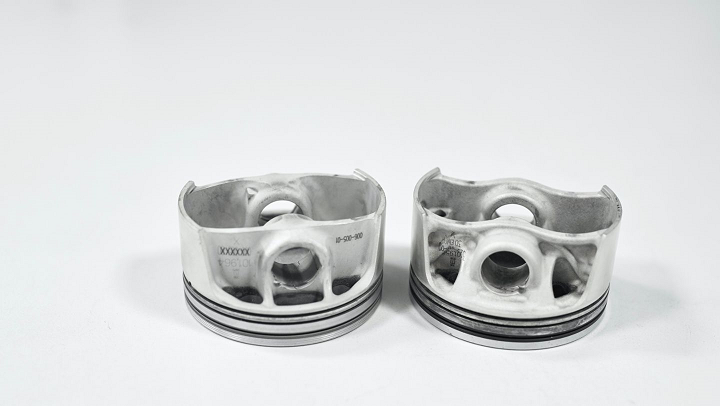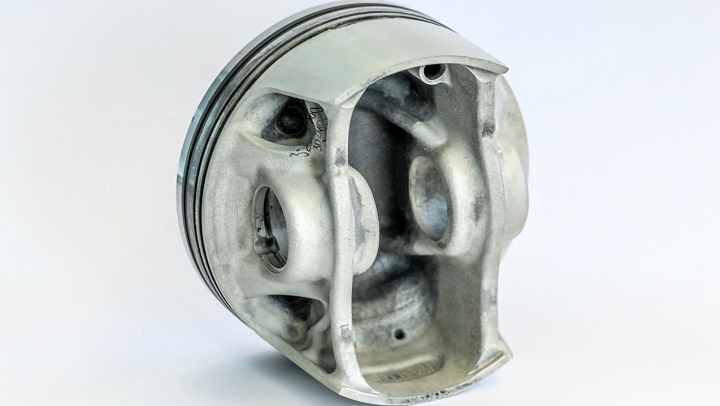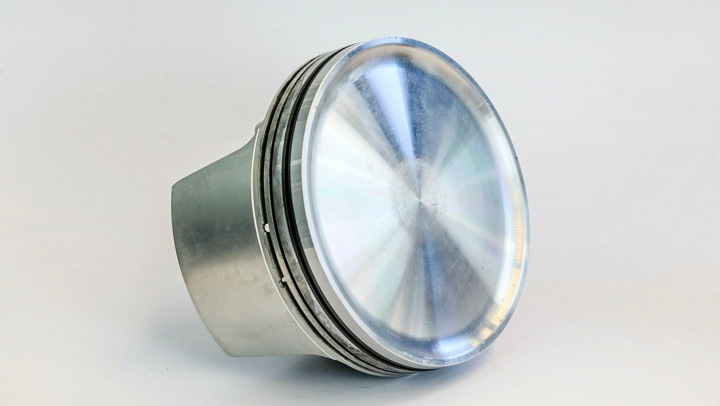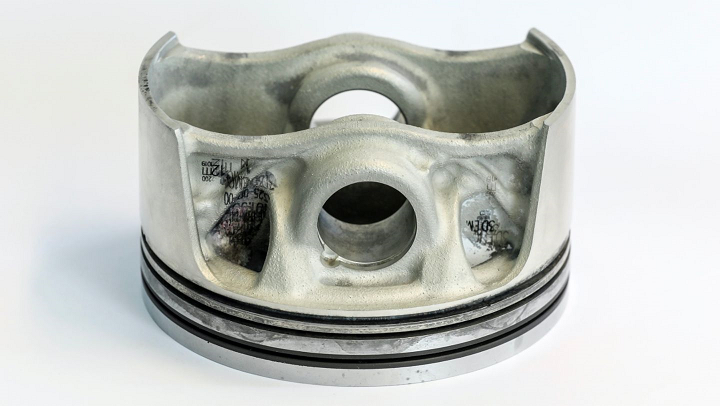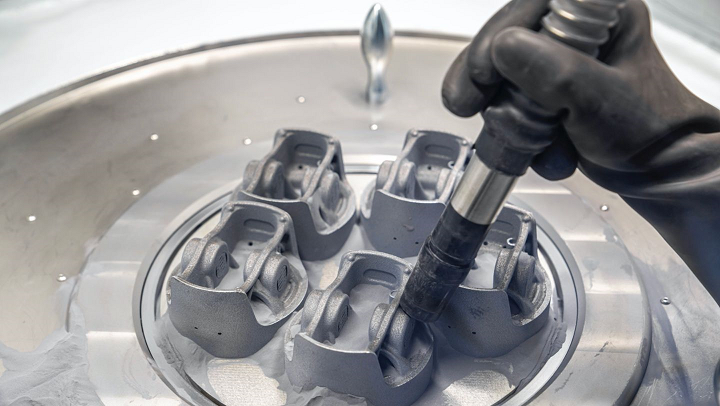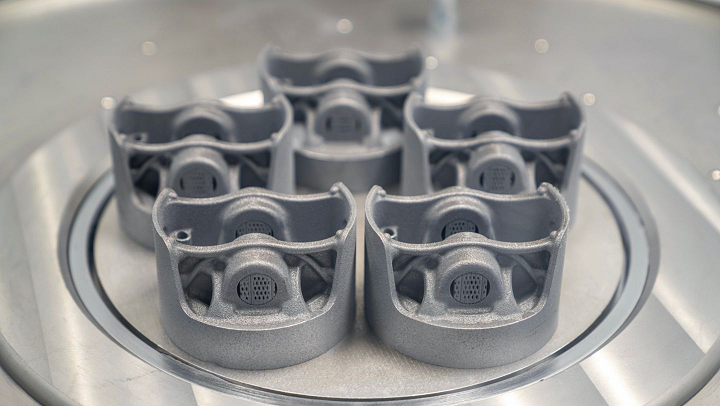German sports car manufacturer Porsche has been using 3D printing for several years in a variety of applications. For instance, it’s fabricated prototypes with the technology, along with using it to make steel, plastic, and alloy spare parts, such as a clutch release lever for the Porsche 959, that hadn’t been previously available. In spring 2020, the manufacturer introduced a bodyform full bucket seat featuring cushion and backrest surfaces that are partially 3D printed. While it wasn’t considered a production part at the time, the seats, which allow customers to select one of three firmness levels (soft, medium, or hard), are now available for the Porsche model series 911 and 718.
The technology is interesting in both economic and technical terms for Porsche in its motorsports, special, and small series vehicles, and the manufacturer clearly recognizes the potential of 3D printing for giving its customers innovative and customized products. Now, it is increasing the efficiency and power of the high-performance engine pistons for its 911 flagship model, the GT2 RS, by cooperating with two important industry partners to 3D print these high-stress drive components.
Porsche took on this joint project with MAHLE, an international development partner and supplier to the automotive industry, and German family-owned company TRUMPF, which offers both laser metal fusion (LMF) and laser metal deposition (LMD) AM technology. In this case, LMF technology was used to print the pistons out of high-purity metal powder, which MAHLE identified as an aluminum alloy, and the pistons now feature a structure that’s been optimized for the high-stress loads acting on the pistons while driving.
MAHLE explained that bionic design, which only adds material in loaded areas, was used to develop the pistons for the GT2 RS. This technique allowed the partners to waste less material, and make the 3D printed pistons more rigid, and up to 20% more lightweight, than the traditional forged series production pistons.
“This project involved multiple challenges. From the design of the piston through the specification of the material and the development of the appropriate printing parameters, we had to make many fine adjustments to achieve the optimum result. We have now not only mastered the technical side of things, but can also assess how the method can be embedded into existing manufacturing processes,” said Volker Schall, Head of Product Design in Advanced Engineering at MAHLE.
These new pistons also feature an integrated, closed cooling duct, with a special shape, near the piston crown, which would not have been possible to make with traditional manufacturing technologies. The design of the cooling gallery was based on MAHLE’s work with piston thermal processes, and the duct actually optimizes combustion by lowering the temperature load at this part of the piston, which undergoes significant stresses.
Additionally, an extra 3D printed charge air cooler, which optimizes flow control and cooling, was added to an air pipe between the turbo and original cooler. This ensures a much larger heat transfer, lower fuel consumption, and more efficient engine performance.
“Thanks to the new, lighter pistons, we can increase the engine speed, lower the temperature load on the pistons and optimise combustion. This makes it possible to get up to 30 PS more power from the 700 PS biturbo engine, while at the same time improving efficiency,” explained Frank Ickinger, Project Manager, from the advance drive development department at Porsche.
The piston blanks were analyzed at MAHLE, and engineers paid plenty of attention to the piston skirt and the pin bore, which is where it’s connected with the conrod. Then, the components underwent 200 hours of endurance testing to determine performance capability and quality using measurement technology from Zeiss. The results found that the 3D printed piston offers the same high quality as pistons made with conventional manufacturing.
“The project illustrates how 3D printing can be used to further improve components whose performance potential has already been exhausted by decades of development,” stated Steffen Rübling, Project Manager at TRUMPF. “This will benefit many other industries, such as aerospace and energy.”
(Images courtesy of Porsche AG)
The post 3D Printed Car Parts: Porsche Introduce 3D Printed Pistons for GT2 RS appeared first on 3DPrint.com | The Voice of 3D Printing / Additive Manufacturing.

